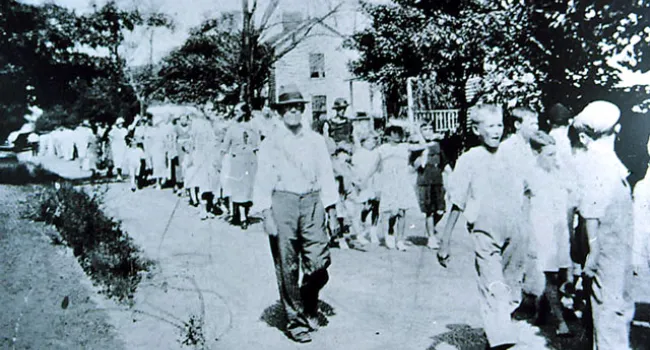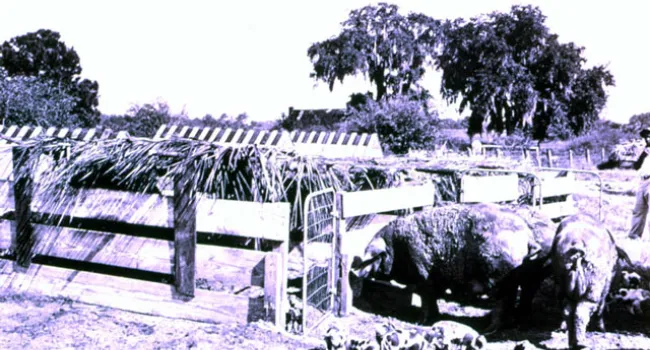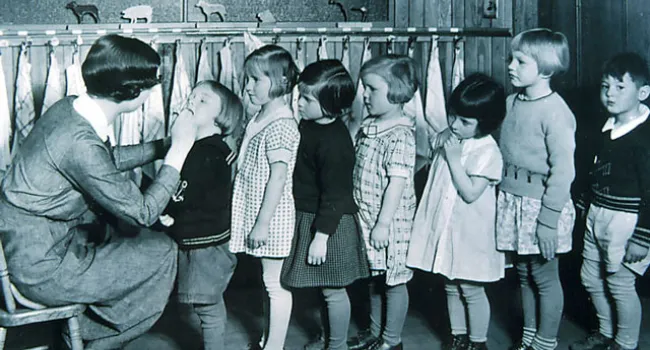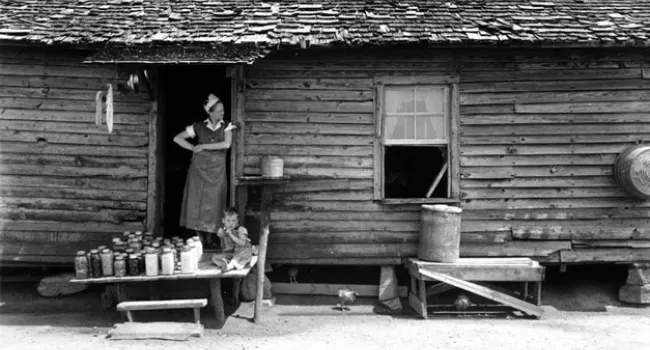
The program of the New Deal that touched the most individuals was probably the Works Progress Administration, better known as the WPA. Created in 1935, its purpose was to put people of all ages and professions to work in tasks that would benefit the communities in which they lived. WPA projects ranged from construction of roads and other public services in rural areas, to renovation of public buildings, support for the arts, and provision of health services to children. This sewer line, installed on Lee Avenue in Hampton, South Carolina, was a 1937 WPA project.
Courtesy of Mildred B. Rivers.
Standards
- This indicator was developed to promote inquiry into how wartime government activities, the Progressive Movement, and the New Deal represented an expansion of federal power, including attempts to protect citizens.
- This indicator was designed to promote inquiry into the devastation of the Great Depression and the impact of the New Deal on a largely agricultural South Carolina. This indicator was also designed to foster inquiry into the economic diversification between World War II and the present, to include tourism, global trade and industry, and the maintenance of military bases.
- USHC.4.CE Evaluate significant turning points, including the immediate and long-term causes and effects of the business cycles of capitalism.











